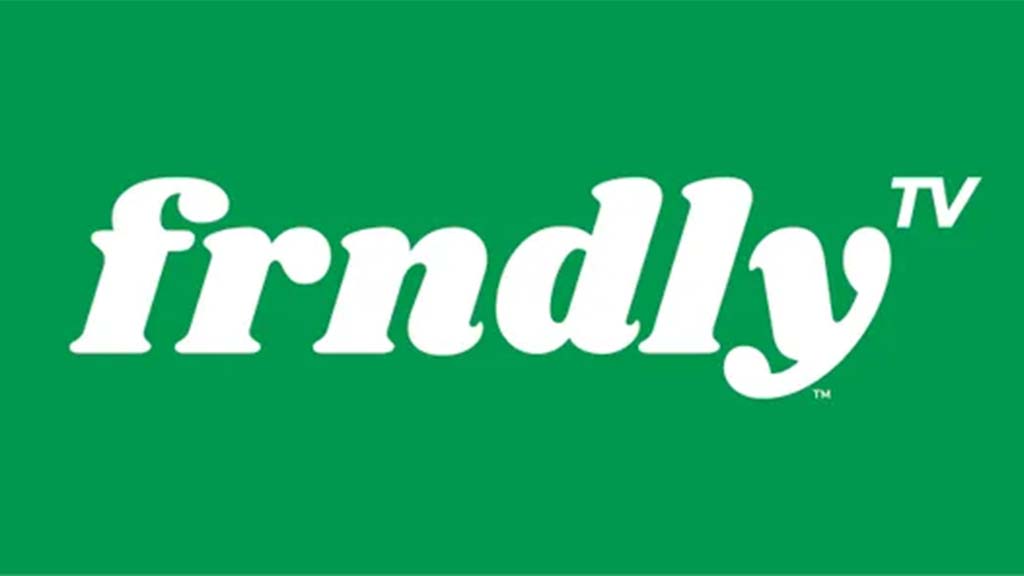The cloud isn’t cheap
Cloud storage and software is huge in the IT space. And, as NAB and IBC illustrated, broadcast vendors are increasingly offering similar versions for media clients. Even so, engineers have yet to fully embrace the idea of handing off their content to a server in an unknown location, hosted by an IT company that claims “no downtime and perfect security,” yet cannot spell “broadcast.”
Let’s examine some of the benefits and potential drawbacks of a cloud solution.
First of all, cloud storage is cheaper, right? Not according to Sameer Manas at CloudPlugged.com. In his article “Cloud Storage is cheap? Thing again, Cloud Storage vs. Local Storage compared,” he makes the case that when compared to local DAS/SAN/NAS solutions, the CAPX cost of storage is less than the OPEX of cloud when all operating feature costs are included. A 1TB, 10,000rpm drive now costs less than $100. And costs will continue to fall as SSD usage increases, helping HD prices further decrease.
A second point is that cloud solutions require an Internet connection. He claims that access times will be 2X slower, even with an enterprise-grade solution because of the Internet. He suggests that any near-real-time application will require a Google Fiber-like connection.
A third point, often echoed by others, is that cloud-stored files must always be small in size. One cloud storage vendor limits file sizes to 5Gb, although it offers a workaround where larger files must first be segmented.
The often-made claim that cloud is “green” may be misleading. Google alone uses about 2 billion KWH/yr. Today, server farms account for 14 percent of all carbon emissions and consume two percent of all the power used in the U.S. By 2020, data centers will consume more than 25 percent of all the power generated in the U.S. Perhaps the only green here is what is being paid to the power companies.
Another issue: All clouds aren’t alike. It’s like the old days of selecting a tape format. The two most common choices were BetaSP or P2, Sony or Panasonic. Having made the decision, changing to the other platform became expensive and time-consuming. Changing cloud vendors will represent similar challenges.
Current cloud storage costs about $0.10/Tb/month, but expect prices to drop. While that’s good, it means that signing a long-term contract may not be in your best interest. Some experts predict that once a client uploads content to a particular cloud solution, moving it becomes so problematic that even a 50-percent drop in costs won’t offset the labor and hassle of changing cloud solution vendors. If you select vendor X, and your costs are higher than expected, or you are offered a “better deal” by vendor Y, can you afford the costs of time, manpower and training to change? Reminds me of the days of standards — when we had lots of them.
Finally, the cost of actual storage space may be the smallest part of your monthly bill. Some cloud vendors charge for every file upload and download. If you need a cloud archive, those costs may be insignificant. However, such access costs could be a huge factor if you’re looking at a collaborative newsroom system where hundreds of files are transferred daily.
A silver apple pie.
Choosing a cloud solution may require more research that first thought. And right now, there is considerable controversy over technology, security and cost. Perhaps the adage of “baby steps” applies.
—Brad Dick, editorial director
Get the TV Tech Newsletter
The professional video industry's #1 source for news, trends and product and tech information. Sign up below.
